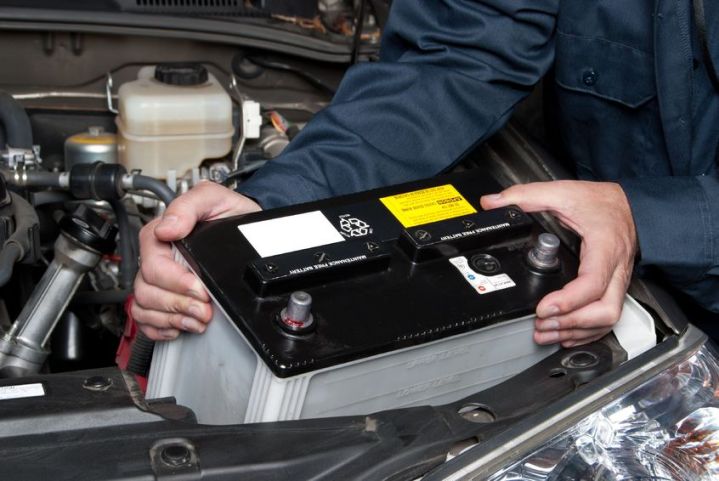
More car repair guides
- How to change the oil in your car
- How to jump-start a car
- How to fix a flat tire
- How to rotate your tires
When it comes to car problems, nothing is ever convenient. It seems like your vehicle plots the perfect moment to give you grief, and the majority of the time it involves a dead battery. While it’s true the starter motor, alternator, or spark plugs could be behind your vehicle’s refusal to start, it’s most likely that your battery is zapped. In this article, we’ll cover how to test a car battery, specifically its voltage, and also break down what each reading means.
Step one: Get the right tools
Diagnosing a car battery is a breeze, but you will need a piece of equipment called a multimeter. You can find a cheap one either at your local auto parts store or online. It will quickly tell you whether or not your battery is out of juice. Though you can buy an analog multimeter, we’d recommend spending a little bit more in a digital unit so there’s no misinterpreting the readout.
Step two: Find the battery
Finding your vehicle’s battery should be a cinch, but some automakers put them in odd places such as the trunk, under the floor, or under the rear seats. You can find the vast majority under the hood, however, to the right or left of the engine. You can identify the battery by the positive (red/plus sign) and negative (black/minus sign) terminals that either route to a rectangular housing box or directly to the exposed battery. Keep in mind that, in some cars, the battery is tucked under a plastic cover. Refer to your owner’s manual if you can’t find it.
Step three: Testing the battery
Once you’ve located the unit, make sure your vehicle is turned off. If you’re using a digital multimeter, set the dial to DC voltage. Next, take your multimeter’s black lead to the negative battery terminal and the red lead to the positive terminal. Hold each one firmly until the multimeter provides a voltage readout.
Here are some guidelines, courtesy of yourmechanic.com:
| 12.66+ volts | 100% charged |
| 12.45 volts | 75% charged |
| 12.24 volts | 50% charged |
| 12.06 volts | 25% charged |
| 11.89 volts | 0% charged |
If you’re seeing 12.45 volts or higher, your battery is in good shape and it’s time to check other common culprits. If you’re below a 75% charge, your battery might still bring the car to life, but not reliably. Below this threshold, your battery may need recharging or even replacing depending on its age.
Final thoughts
If you struggle with any part of this process, take a trip to your local auto parts store and ask for help. Most shops are happy to help test, remove, recharge, and replace your car’s battery. You get a free hand, and they will (hopefully) earn your business in the future.
Editors' Recommendations
- Best electric car charger deals: $100 off home charging stations
- The 6 best car phone holders in 2024
- The best portable jump starters for cars in 2024
- The 5 best portable power inverters for cars in 2024
- Your car insurance company knows more about you than you think


